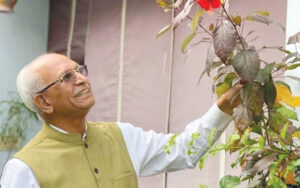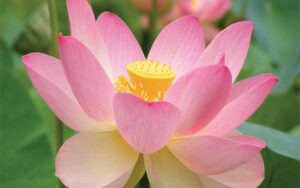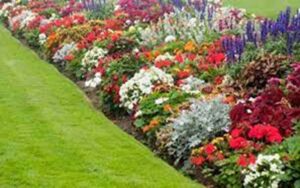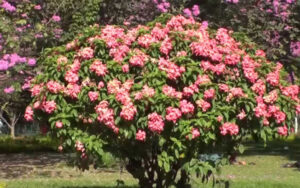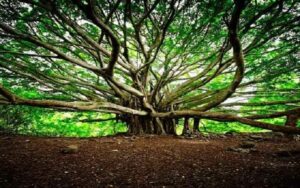THE MODERN DAY “SANJIVANI” – SEA BUCKTHORN

Mr. Shresth Kumar Tyagi
CEO
Shreya Gardening
Whenever we hear about Sanjivni, suddenly we remember the Ramayana. In Ramayana lord Rama’s younger brother Lakshman was saved resurrect to life by giving him sanjivani booti which was brought by lord Hanuman from the Himalayan range.
In today’s time we all have a curiosity to know more about this herb called sanjivni booti. And in many research it has been found that there is one plant which has been renounced as modern day sanjivni & the plant name is “SEA BUCKTHORN” its scientific name is HIPPOPHAE RHAMNOIDES it is a deciduous shrub which comes under the family of ‘Elaegnanceae’. More than 90 percent about (3,700,000 Acres) of the world’s natural Sea buckthorn is found in China, India, Pakistan, Mongolia, Russia, Northern Europe, Ukraine & Canada.
In India it was identified by an Indian Horticultural scientist Dr. Brahma Singh.
It’s leaves, flowers, seeds & fruits are used in medicine & various other things. It produces orange-yellowish colour like berries which is edible & has been used as food for a very long time.
SEA BUCKTHORN contains vitamins A, B1, B2, B6 & C. It’s been used traditionally to slow down the aging processes.
Sea buckthorn fruit can be used to make pies, jams, lotions, teas, jellies, puree, sauces, fruit wine and liquors. Its pulp is used in making beverages & cosmetic products. Its juice is common in Germany & Scandinavian countries.
In India the troops who are confronting low winter temperatures like Siachen, India’s defence research development organization have established a factory in Leh to manufacture a multivitamin herbal beverage based on sea buckthorn juice.

We can also use it for landscaping purposes as a landscaping shrub with an aggressive based shoot system which can be used for hedges & windbreakers & to stabilize riverbanks & steep slopes. It has high value in northern climates for their landscape qualities as the colourful berry clusters are retained through winter. Its branches may be used by the florists for designing ornamentals.
As per the historical belief and role of “Sanjivani Booti” in Ramayana. In today’s world It is also used for many medical treatments as it is rich in many nutrients, it protects skin & helps in healing skin burn, control high blood pressure, acne problem, improves wrinkled skin, makes liver & heart healthy, reduces the blood sugar levels & boosts the immune system. Most importantly it has some anti-cancer properties.

But as we all know that everything has its own pros & cons so we should also consider the side effects of this plant. Well reportedly there have been no such cases of side effects. But yes there are some exceptions for some people. If a person is taking blood thinning medicines then he/she should not take it and a person who is taking medicine to make his blood sugar level low he/she also should not take it. Because it does both the things it makes blood thin and it makes blood sugar level low.
This is how this plant is known as the modern day “sanjivani”. It is truly a lifesaving herb which has so many great health benefits.












